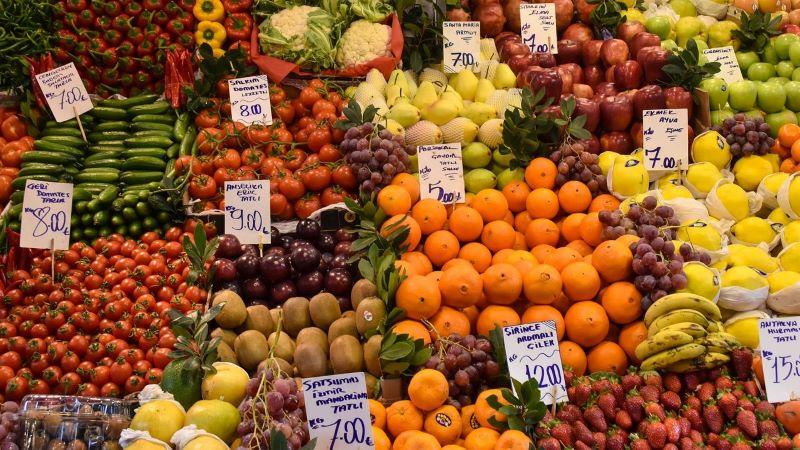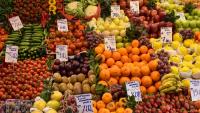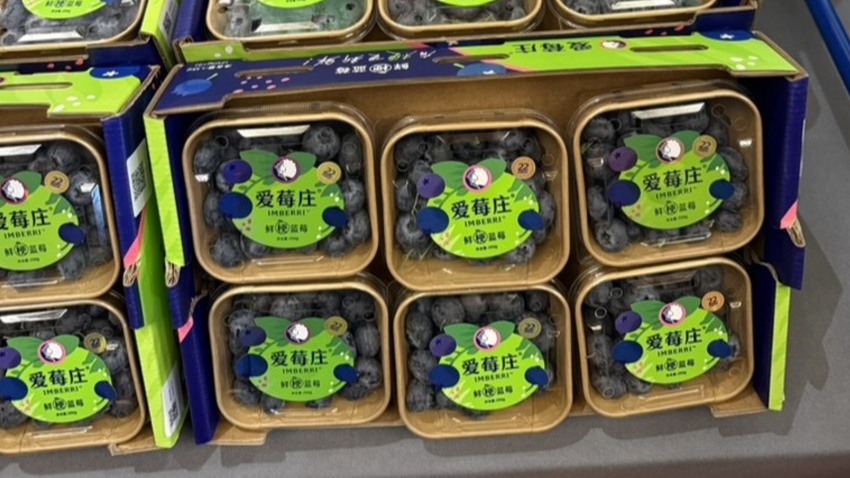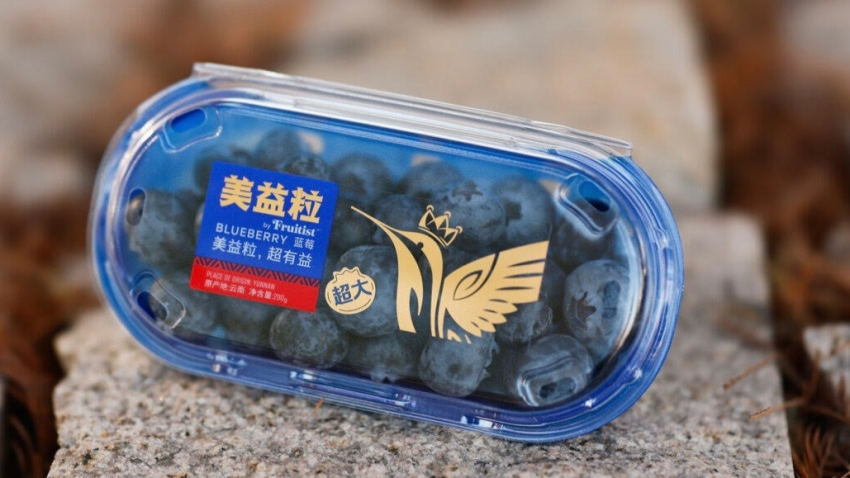You are here
Back to topChina Approved 10 Fruits for Import in 2020 Amid Slowing Import Growth

According to an announcement from China’s General Administration of Customs, China granted import permission for 10 new fruit items in 2020, representing a slight decrease from the previous year. The approved fruit items include Argentinian and Chilean citrus; Brazilian melons; Cambodian mangos; Dominican avocados; Indonesian dragon fruit; U.S. avocados, blueberries and nectarines; and Zambian blueberries. However, owing to the global COVID-19 pandemic, both the rate of approval for new fruit imports and the number of fruit imports in general have been declining. According to data from China Customs, imports of fresh fruits, dried fruits and nuts between January and October of 2020 totaled 5.51 million metric tons, a year-on-year decrease of 10.5%.
Among the fruits approved for import in 2020, the most notable is undoubtedly Cambodian mangos. This is the second Cambodian fruit to obtain such approval, after bananas, which have enjoyed immense success in China owing to the amicable trade relations between the two countries alongside Cambodia’s excellent growing conditions. Cambodia has a total mango-growing area of approximately 124,300 hectares and produces more than 1.44 million tons of the fruit annually, of which 500,000 tons are exported to China. As of Dec. 14, a total of 48 Cambodian mango producers, associations and farms had applied to Cambodia’s Ministry of Agriculture, Forestry and Fisheries for permission to export to China, and local officials are optimistic that mango producers will begin exporting to China by April 2021. Mango producers are likewise hopeful that they will be able to achieve the same degree of success as the banana industry and that Chinese and Cambodian companies will work together to increase investment in mango cultivation technologies. In October 2020, China and Cambodia officially signed a free trade agreement, and in November, 10 ASEAN member countries signed the Regional Comprehensive Economic Partnership agreement with China, Japan, South Korea, Australia and New Zealand. These two agreements have significantly aided Cambodia’s agricultural exports. The fact that China will begin purchasing mangos from Cambodia may also mean that other Southeast Asian countries will start to lose their shares of China’s mango imports.
Another notable product is Chilean citrus – specifically tangerines and tangerine hybrids, grapefruits, oranges and lemons – which, after 20 years of effort, finally gained access to the Chinese market in May 2020. At present, 45 Chilean citrus companies have been approved to supply the Chinese market. In 2019, Chile’s citrus production area totaled nearly 21,000 hectares and 340,000 tons of citrus were harvested for export, of which 84% were exported to the U.S. In the same year, China imported almost 328,000 tons of citrus from countries in the Southern Hemisphere. These citrus imports included oranges (51%), tangerines (36%), grapefruits (12%) and lemons (1%). Now that the Chinese market is open to Chilean citrus, its citrus export market is anticipated to become more diverse, thus decreasing the risk. China has also now surpassed the U.S. to become the world’s largest importer of Chilean agricultural products. Currently, more than 90% of Chile’s cherries are shipped to the Chinese market, a number that is expected to further increase this season.
Under the first phase of a new trade agreement with China in early 2020, the U.S. received approval to export three new types of fruit to China. However, the global pandemic and high trade tariffs between the two countries have meant that these three fruit items have yet to see large-scale exports to the Chinese market. Fruits from Zambia and the Dominican Republic have also been granted market access to China for the first time, raising the number of countries supplying fruit to the Chinese market to 48. As a result of the pandemic, China Customs is requiring exporters to sign statements declaring that their agricultural products are free of COVID-19 contamination as well as conduct comprehensive disinfection of imported cold-chain food products.
According to information from the General Administration of Customs, China established 120 designated imported fruit inspection sites across the country’s 23 provinces in 2020. The provinces with the greatest number of inspection sites are Guangdong with 33, Fujian with 14 and Guangxi with 10. In accordance with China’s “Imported Fruit Inspection, Quarantine, Surveillance, and Management Measures,” fruit imports must be kept in a location designated by customs and must not be moved, sold or used prior to passing inspection. For this reason, only ports having designated fruit inspection sites are permitted to receive fruit imports.
Image: Pixabay
This article was translated from Chinese. Read the original article.















Add new comment